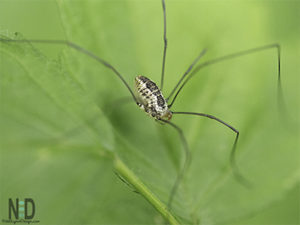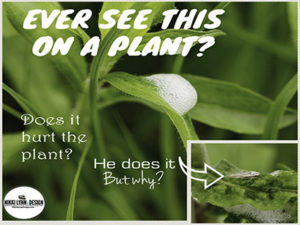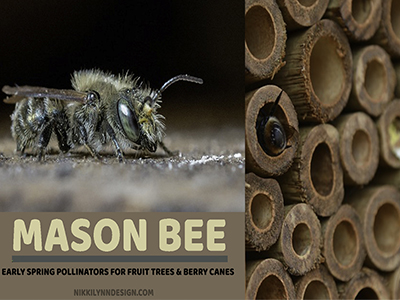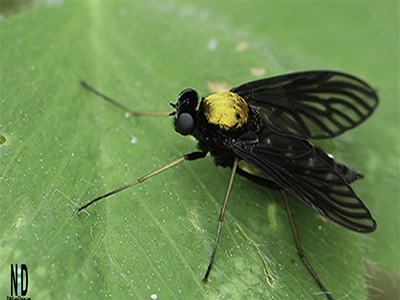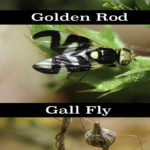Gall Fly Produces Goldenrod Galls
The Gall fly produces goldenrod galls that become the food source and host plant for gall fly larva over the course of the winter. The insect has a fairly interesting lifecycle.

Ever See Bulb Like Structure On Goldenrod?
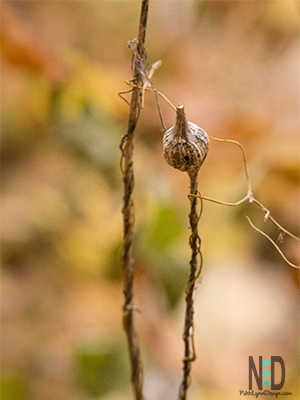
Gall Fly produces goldenrod galls which are the large bulbs you see on goldenrod plant stalks in the autumn and winter months.
Did you know that a fly produces those swollen bulb-looking formations?
The Canadian goldenrod and a few additional goldenrod varieties are host plants to gall fly larva.
Those Large Plants on Goldenrod Stalks Are Insect Homes
Gall Fly also is known as the goldenrod ball gall maker, is a species of fly native to North America.

The species is best known for the characteristic galls it forms on several species of goldenrod plants.
Gall flies are only alive for two weeks and the entire time they are alive, they mate.
A New Life Begins

The female will deposit the eggs on goldenrod in mid-spring,
After 7 days the egg hatches and the larva goes to work eating and eating.
At some point, the larva will migrate to an area below the plant’s developing buds and introduce a chemical that will cause it to develop a hard bulb plant growth.
The larvae bore into the plant tissue and create a large chamber. This growth will become a larva’s home from this spring to the following spring.
Gall Fly Larvae
The gall fly larvae know that the galls will serve as both their homes for protection from the elements and also provide their winter food source.

In late September or early October, the larvae will create a small tunnel to the outside of the bulb. This serves as the escape the following spring.
In the larvae stage, they have chewing mouths, after they molt into a fly in the spring they do not.
Predators to the Gall Fly Larva
During the growth stage and before winter sets in, two types of parasitic wasps and also a beetle larva will try and prey on gall fly larva.
Insects
- Eurytoma obtusiventris (wasp)
- E. gigantea (wasp)
- Mordellistena unicolor (beetle)
Birds
In late fall and throughout the winter months, the downy woodpeckers and chickadees begin searching galls for exit tunnels for easy meals. If a bird finds a tunnel they begin to extract the larva.
Additional Post: Goldenrod Soldier Beetle
Sharing Is Caring. Pin Me
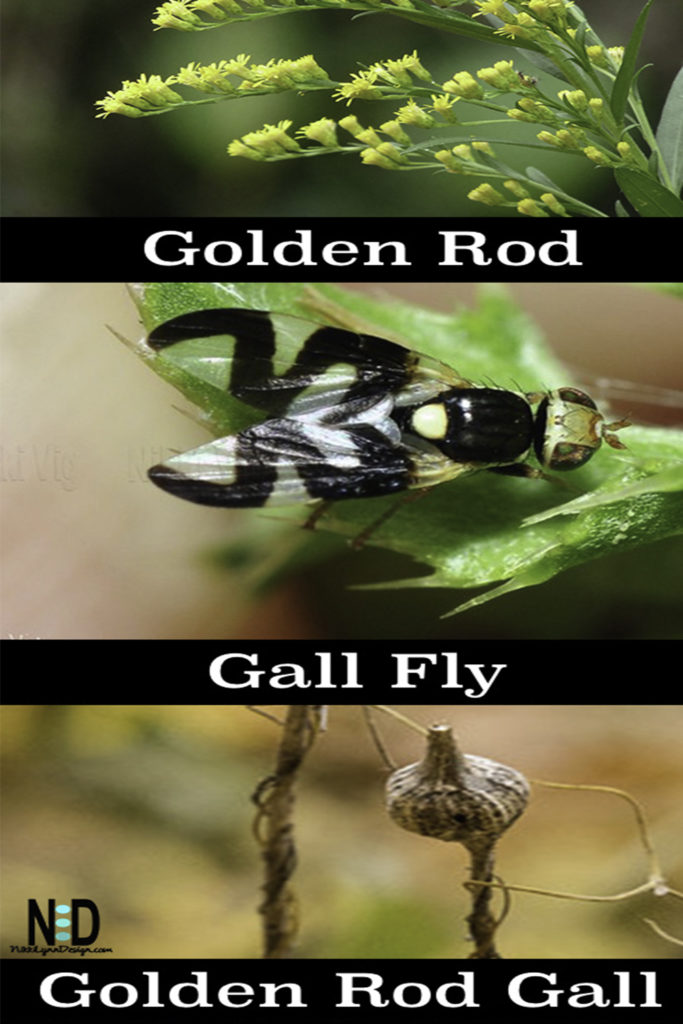
Additional Posts


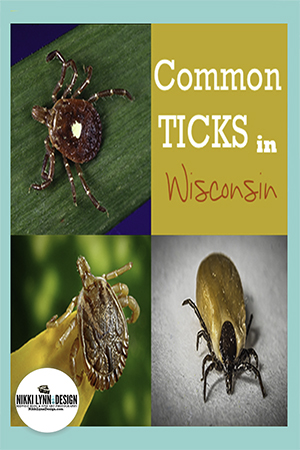







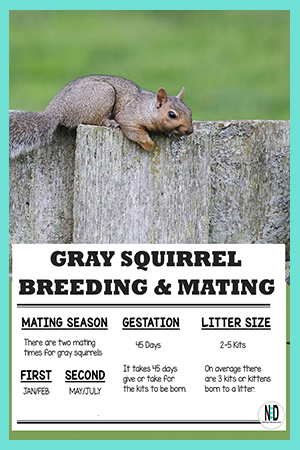

AFFILIATE POLICY: Posts on this site may contain links to outside vendors that pay me a commission when you purchase from them, at no additional cost to you. Thank you for supporting this site!

